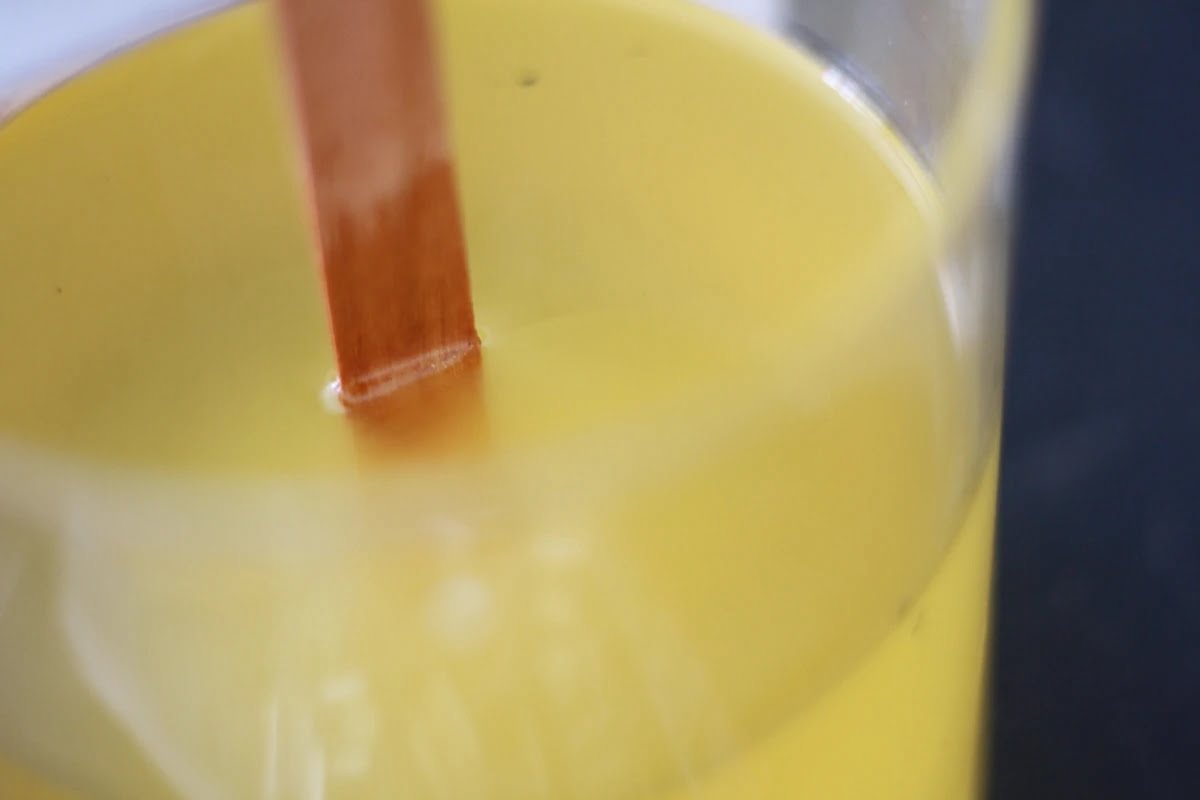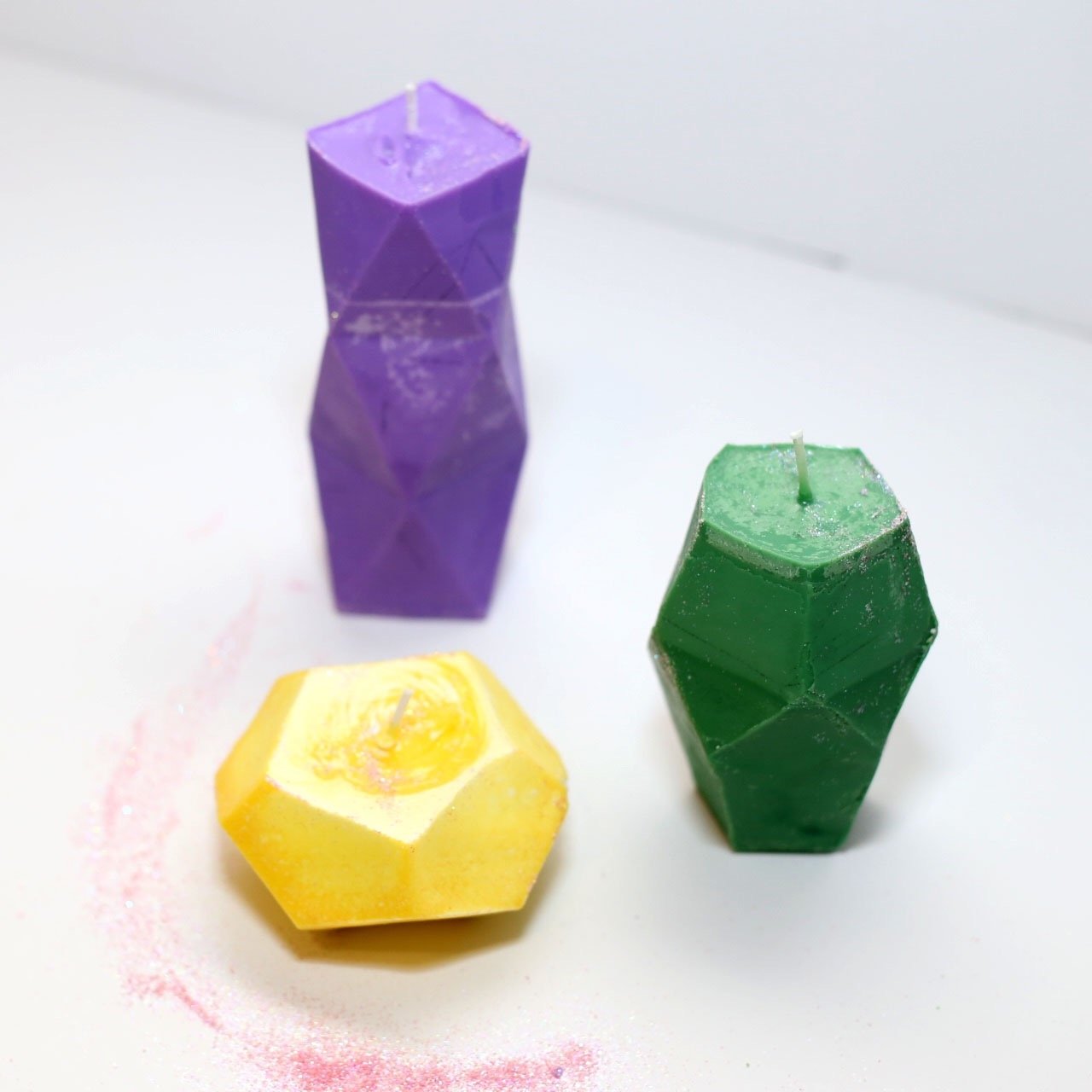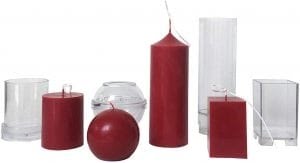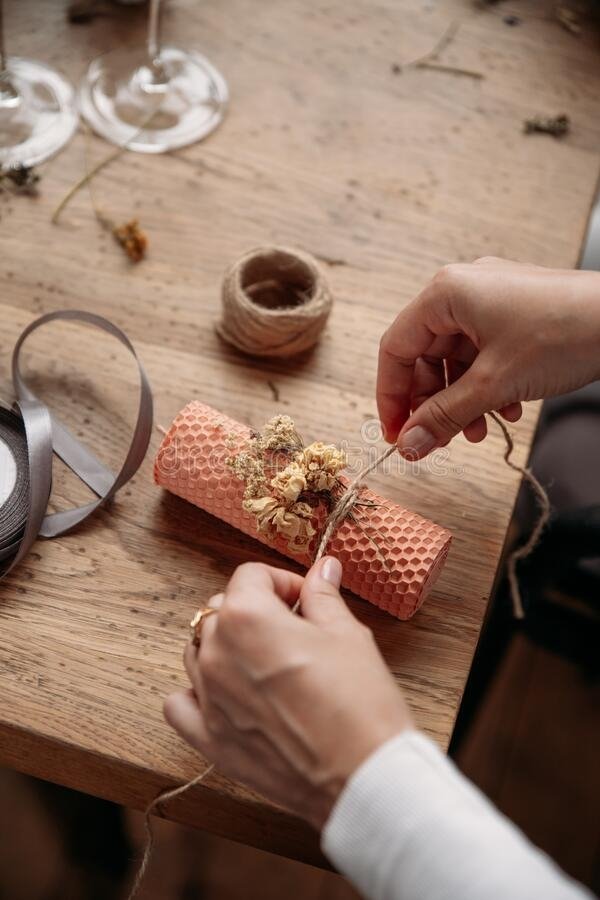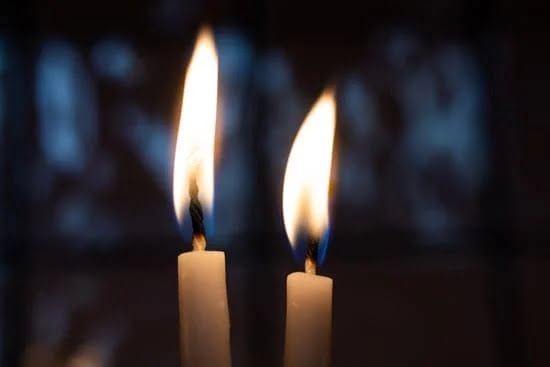Introduction
Candle making is a craft that allows you to create your own one-of-a-kind creations. When creating your perfect candle, it’s important to get the fragrance ratio just right. Fragrance oils and waxes are two very different components when it comes to candle making, so understanding how they work together is key. Fragrance oils will vary in strength, depending on their type and the ingredients used in the blend, so getting the right combination can be tricky. The ideal scent level should be between 5%-15% fragrance oil in relation to wax weight. To measure out the right amount of fragrance oils and waxes, you can use scales or household measuring cups. The best practice is to first weigh out your wax and then add the recommended percent of fragrance oil according to its strength and blend it into your mixture until smooth.
When figuring out the exact measurements for a particular type of wax and desired fragrance level, a little bit of trial and error might be necessary in order gain confidence with this technique by making smaller test batches of scented candles. Once you’ve nailed down the ideal ratios for each type of waxes and blends, you can easily adjust them slightly as needed according to the viscosity or desired results you wish to achieve such as hot or cold throw performance. With proper technique, patience, and experimentation you will soon be able to create beautiful handmade candles with perfect scent levels!
Understanding Fragrance Oils
Fragrance oils are used to scent a variety of things, and they are popularly used in candle making due to their lasting potency and ability to provide a strong scent. Fragrance oils differ from essential oils because they often contain more than just one note, providing a more complex aroma. Generally, the ratio of fragrance oil to wax is usually around 8-10% in order to provide an ideal scent throw when lit. A higher concentration will likely lead to scorching or an undesirable over-perfumed smell.
Different types of fragrance oils exist and each one provides a distinct result. Some of the most popular classes of fragrance include floral scents like rose, gardenia and jasmine; botanical scents such as lavender and basil; fruit scents like citrusy orange or sweet strawberry; food scents like coffee or vanilla; oriental fragrances like sandalwood or patchouli; marine scents featuring ocean references such as ‘Nautical Breeze’, as well as outdoor fragrances simulating nature-based smells such as ‘Forest Pine’ or ‘Mountain Air’. Each type of fragrance oil will offer its own unique scent experience that changes depending on use which can be enhanced with the correct ratio, making it even more important to measure the wax against the desired quantity of oil accurately when creating candles.
Choosing a Fragrance Oil
When selecting a fragrance oil, there are a few factors that should be taken into consideration.
First and foremost, it is important to consider the quality of a fragrance oil. Cheaper products may not have the same intensity or longevity as more expensive options. High-quality oils offer superior smelling power with some fragrances lasting up to nine months in wax candles. It is also important to select fragrance oils that are skin safe and approved by IFRA (International Fragrance Association).
The cost of the fragrance oil must also be taken into account when selecting the best option for your project. While premium oils can be more expensive, they will often result in superior candles due to their reliable scent throw and duration. If cost is an issue, there are many companies that offer affordable quality fragrance oils with varying degrees of concentration and strength rates depending on the particular application.
In addition to considering the quality and cost of the particular oil, it is also important to take into account positive reviews from customers who have used it in a candle making project similar to yours. This will provide you with an idea of how successful or unsuccessful different variants might be when paired together to create a specific scent profile in a candle over time.
Getting the Right Ratio
The ratio of fragrance to wax or oil used in candle making is incredibly important, as too much fragrance oil can cause the candle to smoke, while too little will make it scent-free. It is wise to choose a mild or balanced fragrance when experimenting with ratios to ensure that the outcome won’t be overwhelming or unbalanced. The ratio of fragrance oil to wax depends on the type of wax being used and usually ranges from 1-5%. For example, soy wax holds scent best and recommends a ratio of up to 5%, whereas paraffin needs about half of this (1-3%). Harder waxes such as beeswax may help give more control over this ratio as smaller amounts could still deliver an intense fragrance.
Testing different ratios is essential when crafting scented candles and beneficial for getting familiar with different fragrances and materials used in making them. Analyzing how concentrations affect the scent throw will help you understand how quantity changes the overall aroma, allowing you to adjust until you reach a satisfactory result. When it comes to developing signature scents, each customer’s preferences are unique – understanding and learning these ratios will guarantee pleasing results every time.
Waxes and Wicks
When deciding on a wax and wick combination for your candle, the fragrance ratio should be taken into account. Fragrance is the most important component of your candle, so it’s important to choose a wax and wick that can hold the amount of fragrance you need for your desired effect. Different types of waxes will hold different amounts of fragrance and thus require different styles of wicks. Soy wax tends to have a low amount of scent throw but provides an excellent, clean burn while beeswax has good adhesion properties but has a lower scent throw than paraffin wax. Paraffin wax offers great adhesion when blended with other waxes and creates strong scent throw while also providing an efficient burn time.
Once you have chosen your type of wax, it’s important to choose a size and style of wick that is appropriate for the amount and type of fragrance oil being used. Generally speaking, smaller diameters tend to require more fragrance oil in order to achieve the same amount of smell as larger diameter wicks. Furthermore, certain types or combinations of essential or synthetic oils can leave buildup on the sides of your container if too much is added at once which could cause burning hazards or uneven burning along with poor scent throw. Having an appropriate wick size is critical in these scenarios as you don’t want too little flame since this will result in inadequate melting and may lead to incomplete scent throw or no scent at all. Lastly, too large a diameter may also lead to overheating which can cause weak cold throws in addition to smoke production when lit due to over-melting caused by excessive heat input from the flame.
Candle Troubleshooting
When making candles, it is very important to use the right ratio of fragrance oil. Too much or too little fragrance can cause a variety of problems. Using too much fragrance can make a candle smokey or emit an unpleasant odor when burning. Depending on the wax used, excess fragrance can also cause a candle to not burn evenly, leaving wax unmelted around the edges of the candle. The solution is to reduce the amount of fragrance in your recipe by 25-50%.
If you are using too little fragrance, your candle may not give off any scent when it is burning. This is especially problematic if the wax used has a strong smell (e.g. soy) that will drown out any added fragrances if current ratios are too small. The solution here is to increase the amount of fragrance in your recipe by 25-50%. Keep in mind that different fragrances will require different percentages; start with small increments and adjust accordingly until reaching desired levels of scent throw. If using more than one scent in one candle, use caution when increasing percentages as too many scents can create an uncomfortable smell for some users.
Candle Testing
When making a candle, the ratio of wax, wick, and fragrance is essential for achieving successful results. If not careful, you could risk an uneven burn or an overpowered scent. Therefore, it is important to thoroughly test your combinations before committing to a recipe and producing multiple units.
To properly test a combination of wax, wicks and fragrance oil, try mixing small batches with different mixtures using weight measurements instead of volume measurements. During the testing process you should heat each batch individually in order to observe potential melting points and fragrances under varying temperatures. It’s also important to set up the candles at different angles and lighting intensities to project movement in the candle’s flame size when lit. Candle makers should examine each wick size to ensure it complies with safety protocols which includes burning time and flame brightness regulations by third party certification organizations that approve a specific list of wicks for safe use. Makers should also note if any crackling or bubbling occurs throughout the burning phase as this could indicate hidden defects in genuine or cheap raw material sourcing when making multiple batches from one supplier. Lastly, pay attention to the scent quality; if it’s too strong your customer may be exposed to allergens so makers should keep track and consistently evaluate their scent mixes for best health results.
Tips and Tricks
When it comes to candle making, fragrance ratios play a key role. Too much fragrance in a candle can affect the scent and burn quality of the candle. On the other hand, too little fragrant oil can make your candle smell weak or non-existent. To get the ideal scent for your candles, there are some different tips you should take into consideration.
First and foremost, read the suggestion from your fragrance manufacturer as to how much scent should be used in a particular wax type. This ratio is based on their own testing and should provide an accurate guide for successful blending results. If you choose to exceed this rate, though, start with small increments until reaching the desired scent level you would like for your finished product. An easy way to do this is by using a graduated cylinder that allows precision measurements when pouring fragrances into your wax container or melting pot.
Additionally, always keep in mind that some fragrances are stronger than others and act differently in certain types of waxes – something to keep in mind if you’re blending fragrances together. Some essential oils may also not work well with soy waxes due to their low aromatic load ” so it’s important to be aware of the limitations of ingredients when combining scents into one aroma profile.
Finally, practice makes perfect! Take notes on each batch you make so that down the road you’ll know exactly how much fragrance was used at what temperature when troubleshooting any issues that arise during production or testing stages of creating your candles!
Conclusion
Using the correct ratio of wax to fragrance oil is an important part of candle making. Generally, the ratio is 10-12% fragrance oil per pound of wax. This range allows a subtle to powerful scent throw and works for most candle types. Before making your candles, test the wax, wicks, and fragrance oils so you have successful results. If testing shows the initial ratio isn’t providing desired results or isn’t coating evenly over candles when poured, adjusting the ratio can help. Too much or too little fragrance can lead to weak scents that don’t last as long or uneven pooling in containers when poured. It’s essential to adjust your ratios until you achieve the desired outcome in order to make quality products that customers will enjoy.

Welcome to my candle making blog! In this blog, I will be sharing my tips and tricks for making candles. I will also be sharing some of my favorite recipes.

